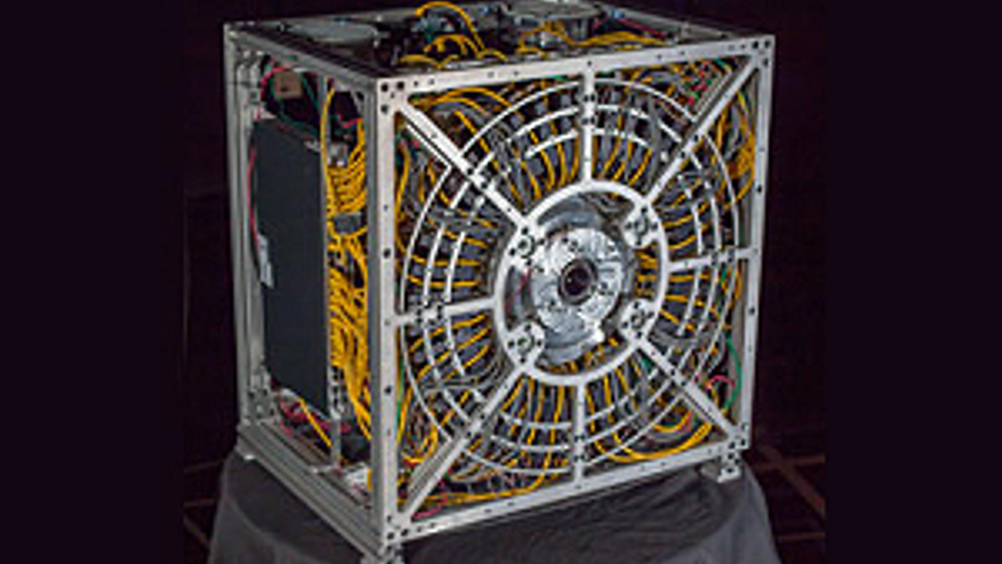Prototype camera can capture 50gigapixels of data
1 min read
Electrical engineers in the US have built a camera that can capture 50gigapixels of data, a development they claim could lead to powerful new consumer cameras within five years.

By synchronising 98 smaller cameras, the prototype is capable of capturing images of 50,000 megapixels – over 1,000 times more than current handheld devices.
The camera was developed by a team at Duke University's Pratt School of Engineering, along with scientists from the University of Arizona, the University of California and Distant Focus Corp.
"Each one of the microcameras captures information from a specific area of the field of view," said Prof David Brady at Duke's Pratt School of Engineering. "A computer processor essentially stitches all this information into a single highly detailed image."
He added that while multiscale lens designs are essential, the primary barrier to this high pixel imaging technology has been the development of more compact integrated circuits, not the optics.
"Traditionally, one way of making better optics has been to add more glass elements, which increases complexity," commented Michael Gehm, assistant professor of electrical and computer engineering at the University of Arizona. "This isn't a problem just for imaging experts. Supercomputers face the same problem with their ever more complicated processors, but at some point the complexity just saturates, and becomes cost prohibitive."
Instead of making increasingly complex optics, the team used a parallel array of electronic elements. A shared objective lens gathers the light and routes it into the surrounding microcameras, much like a network computer designates tasks to individual workstations.
"Each gets a different view and works on their little piece of the problem," added Gehm. "We arrange for some overlap, so we don't miss anything."
Although measuring over 2ft2, only 3% of the camera is made of the optical elements. The rest is compiled of the electronics and processors needed to assemble all the information gathered.
"As more efficient and compact electronics are developed, the age of handheld gigapixel photography should follow," concluded Brady.












